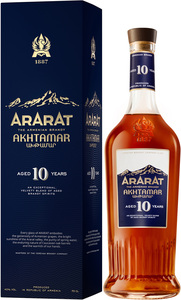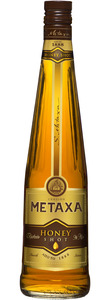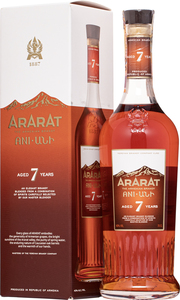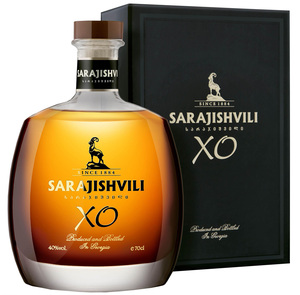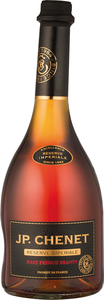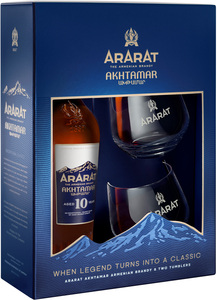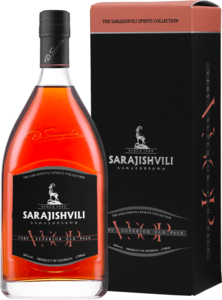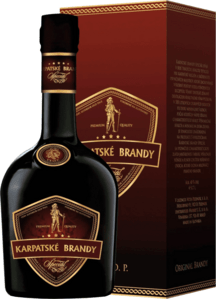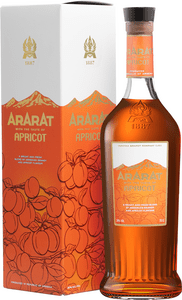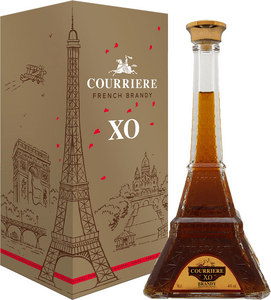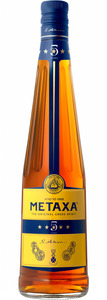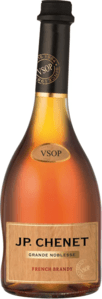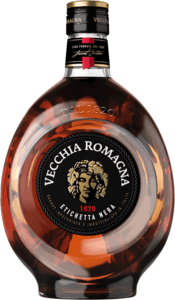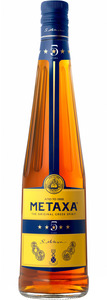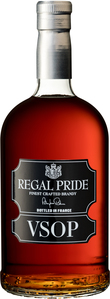Brandy Strana 1 z 4
61 products
Most popular brands
Brandy is a distilled alcoholic beverage made from wine or fermented fruit must. The name comes from the Dutch word brandewijn, meaning “burnt wine.” It is considered one of the finest spirits thanks to its smooth taste, full body, and typical notes…
Product and EAN
Availability
Price VAT included
Metaxa Grande Fine Collectors Edition 0,7l
5202795150471
0.7 l
40 %
Last piece in stock
Last piece in stock
Brandy is a distilled alcoholic beverage made from wine or fermented fruit must. The name comes from the Dutch word brandewijn, meaning “burnt wine.” It is considered one of the finest spirits thanks to its smooth taste, full body, and typical notes…
With us, you will enjoy real benefits.


